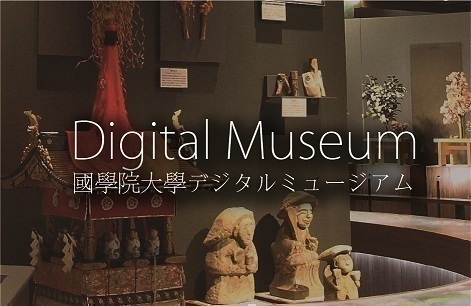- トップ
- Encyclopedia of Shinto
- Misogikyō
Encyclopedia of Shinto
| Main Menu: | |
| Links: |
詳細表示 (Complete Article)
| カテゴリー1: | 8. Schools, Groups, and Personalities |
|---|---|
| カテゴリー2: | Modern Sectarian Groups |
| Title | Misogikyō |
| Text | One of the thirteen sects of prewar Shinto and frequently regarded as a Shinto-derived new religion. The religion was founded by Inoue Masakane (1790-1849), who was born in Edo (present-day Tokyo) as the son of a warrior from the feudal domain of Tatebayashi (present-day Gumma Prefecture). In 1834 Inoue began studying with the Shinto priestly tradition of Shirakawa (see Hakke Shintō), and after receiving a Shirakawa ritualist licence he became the priest of the shrine Umeda Shinmeigū in Musashi Province, where he began to carry out Shinto proselytizing activities. The magistrate for shrines and temples (Jisha Bugyō), however, labeled these activities "new and strange doctrines," and in June 1843 Inoue was exiled to the island Miyakejima, where he died on the eighteenth day of the second lunar month of 1849. His disciples spread his teachings widely, but since the movement's organizational structure had not been fully developed at the time of the founder's death, its proselytizing activities lacked unity, and numerous groups of disciples continued to carry out their own individual activities in secret. In 1872 the movement received permission to carry out its teaching activities under the name of the Tohokamikō (Tohokami Religious Confraternity), and the following year this name was changed to Misogi Kōsha (Misogi Religious Association; misogi refers to purification by lustration). By nature a movement consisting of a diversity of factions, the group attempted to create a unified organization, but two major factions gradually emerged, and in 1879 this split became complete. The group centered on Sakata Kaneyasu (1820-90) and his faction constructed the Inoue Shrine in honor of Inoue Masakane in 1880 and in 1882 affiliated themselves with Shintō Honkyoku under the name Shintō Misogikyō. They soon changed their affiliation to Taishakyō, only to return to Shintō Honkyoku in 1884. This faction became independent in 1894 as one of the original sects of sectarian Shinto (kyōha Shintō), and is the direct current leading to present-day Misogikyō. After it gained independence, the group's first leader was Sakata Kaneyasu's son Sakata Yasuharu (who died in 1900, aged 53). The other faction was led by Tōgō Chiwaki and Murakoshi Tetsuzen, who affiliated their faction with the Taisei Kyōkai (church) in 1879. WhenTaiseikyō subsequently set itself up as an independent religious movement in 1882, the Tōgō faction attempted to unify their party as a unique denomination beneath the aegis of the Taiseikyō, but they ultimately were unable to unite into an independent sect. Leadership of the former faction, which developed into present-day Misogikyō, went successively to Kan Hisasaburō, Shiba Shinjū, Sakata Minoru (1893-1956) and Sakata Yasuyoshi (1934-). In 1985 it constructed the shrine Ko Shintō Hongū Misogi Jinja ("head shrine of ancient Shinto, Misogi Shrine") in its present location, and made this its new headquarters and sacred center. Its main objects of worship are known under the collective name Misogikyō Shujin ("main kami of Misosgikyō") and include the three creator kami (zōka sanshin), together with Susanoo no mikoto, Ōkuninushi no kami, and the spirit of Inoue Masakane. See also Inoue Masakane. Headquarters: Tokyo Nominal membership: approximately 99,000 (M) — Inoue Nobutaka |




